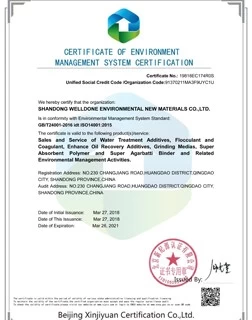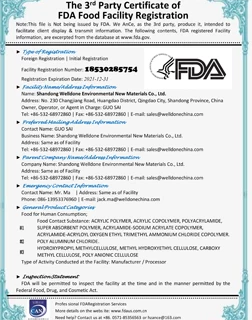Hydroxypropylmethylcellulose dissolution method
Hydroxypropylmethylcellulose, also known as HPMC, is a nonionic cellulose ether prepared from refined cotton, a natural polymer material, after a series of chemical processes.It is a white or slightly yellow powder that is easily soluble in water. Let's talk about the dissolution method of hydroxypropylmethylcellulose.
First of all, hydroxypropylmethylcellulose is mainly used as an additive for putty powder, mortar, and glue. It can be used as a water retaining agent and a retarder to increase pumping properties when added to cement mortar; it can be used as a binder when added to putty powder and glue to improve applicability and extend the operating time. Let's take WELLDONE cellulose as an example to explain the dissolution method of hydroxypropylmethylcellulose.
Ordinary hydroxypropylmethylcellulose is first stirred and dispersed with hot water, then added to cold water, stirred and cooled to dissolve;
Specific: Take 1/5-1/3 of the required amount of hot water, stir to make the added product completely expanded, then add the remaining part of hot water, which can be cold water, or even ice water, stir to a suitable temperature (10℃), and it can be completely dissolved.
Organic solvent wetting method:
The hydroxypropylmethylcellulose is dispersed in an organic solvent or moistened with an organic solvent, and then added to cold water or added to cold water, which can dissolve well. The organic solvent can be ethanol, ethylene glycol, etc.
If the phenomenon of agglomeration and wrapping occurs during dissolution, it is due to insufficient stirring or the direct addition of ordinary models to cold water. At this time, stir quickly.
If air bubbles occur during dissolution, they can be allowed to stand for 2-12 hours (the specific time is determined by the consistency of the solution) or removed by vacuuming, pressurization, etc., or an appropriate amount of defoamer can be added.
Hydroxypropylmethylcellulose is divided into slow-dissolving and quick-dissolving types. The quick-dissolving hydroxypropylmethylcellulose can be quickly dissolved directly with cold water.




.jpg.webp)

